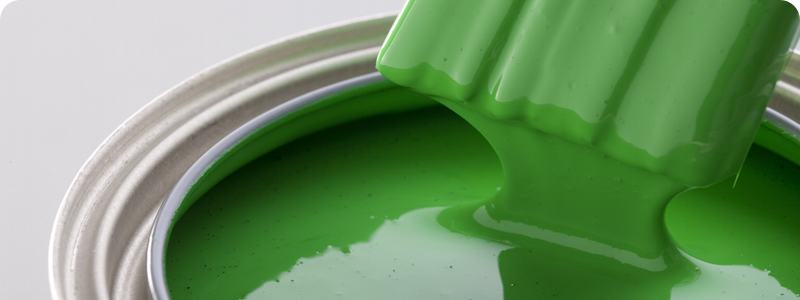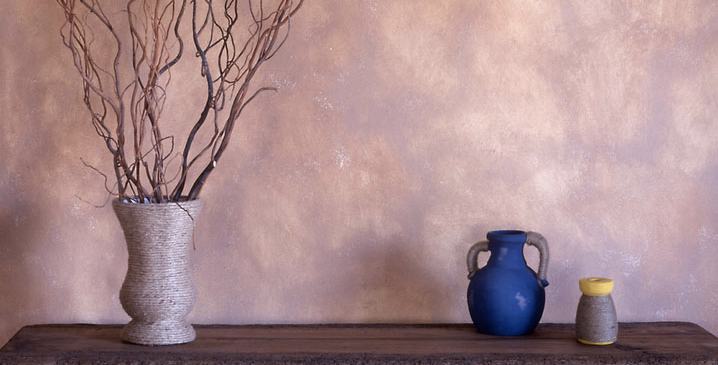
The world of home painting techniques is large and intricate, filled with both incredibly complex and stunningly simple ways of adding life and texture to your living space. The options are nearly limitless – and if you’ve only ever handled a brush or roller in order to lay down a new coat of beige on your living room walls, then you’ve only just begun to scratch the surface of what’s possible.
In order to demonstrate just how simple it can be to kick things up a notch, here’s a quick look into some of the ways that you can use basic tools and techniques in order to create brilliant effects.
Here’s what you’ll need in order to get started:
- Paint Rollers
- Paint Brushes
- Sponges
- Preparation & Undercoats
- Interior Paint
Preparation
Basecoat
The first thing to do is to lay the right foundation for the work to come. The way to do this is by applying a basecoat of silk emulsion to the entire area which you are planning to decorate, and make sure that it is completely dry before moving on to the next stage. It’s important to use silk emulsion instead of matt, since matt creates a rougher surface to work with.
Creating Glaze
The most straightforward way to begin creating effects right away, is to mix a good water based glaze together with a coloured paint of your liking – this concoction can be easily applied over your silk emulsion base, to create any number of impressive effects with minimal hassle. It will create a sleek effect, be easy to manipulate, and will not dry too quickly. More traditional oil based glazes have been used for the same purpose, but are considerably more difficult to get right.
(It is also possible to skip the entire glaze part of the process and just mix standard emulsion with water instead, however this is not recommended as it tends to produce an inferior mixture which dries almost instantly, once applied, and which is difficult to spread.)
Basic Techniques
[1] – Rag Rolling

There are two types of “rag rolling” technique to be aware of– rag rolling “on” and rag rolling “off”. Both of these techniques can lead to some impressive patterns, and both are just about as simple as anyone could wish for.
To begin with you’ll need to make sure that your base coat has been applied to your wall, and is completely dry prior to any further work. From that point on you have two options:
- Use a roller to liberally apply some of your varnish / paint mixture to the wall, and then loosely roll a tightly wound, damp, cloth across the varnish. This should strip off some of the varnish in patches, and create a great contrast to the base layer below. This is “rag rolling off”.
- To achieve a similar but subtly different effect -- don’t paint the wall with your varnish mixture, but instead dab your tightly rolled rag in the mixture directly and then hand-roll it loosely over the wall. This should lead to an artistic “blotchy” pattern as before, although patterned slightly differently. This is “rag rolling on”.
[2] – Combing
In order to create deliberately lined patterns, apply your glaze mixture to the wall, and then use a comb to scrape it into whatever shapes you’d like, while still wet. In order to do this properly it is best to use a rubber decorating comb designed specifically for this technique – and to ensure that you clean it regularly throughout the process in order to prevent unintended blotching.
Combing allows you to create an almost limitless number of patterns on your wall – ranging from abstract pictures, to any number of geometric patterns.